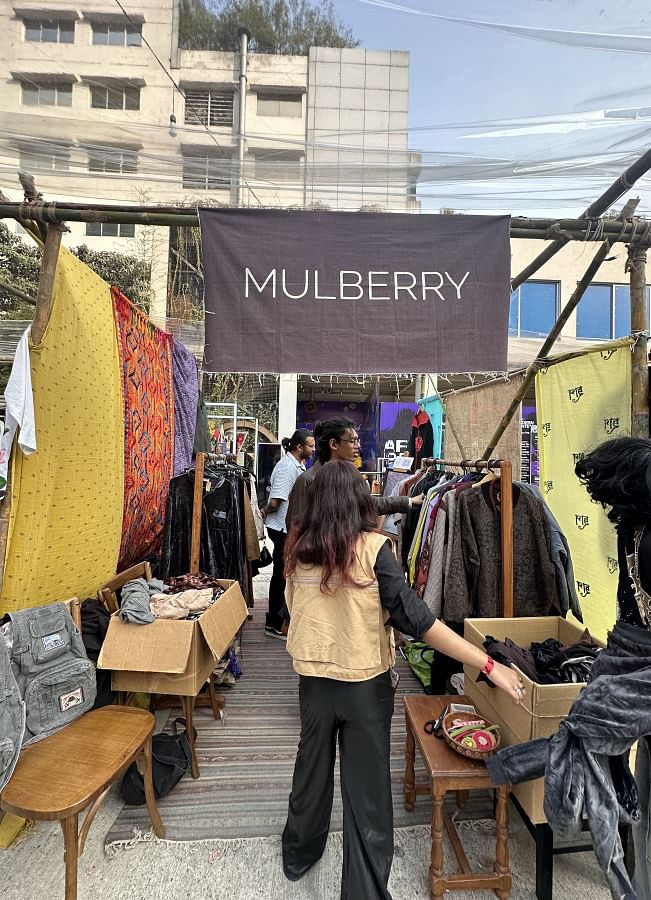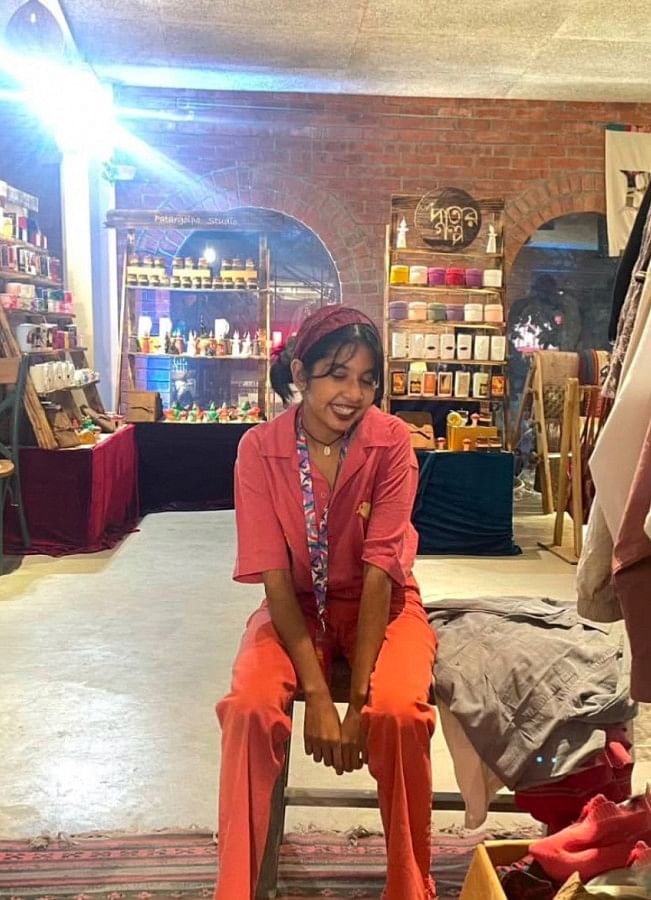In a time when fast fashion dominates the global market, preloved clothing is emerging as a sustainable and practical alternative. People, especially the youth, are increasingly embracing this eco-conscious trend. From affordability to sustainability, preloved clothing has much to offer and with a growing number of thrift shops and marketplaces, the movement is gaining ground.
What makes preloved clothing appealing?

Preloved clothing – also known as thrift or second-hand fashion – refers to garments that have been previously owned and then resold or donated. The appeal lies in its affordability, uniqueness, and most importantly, its contribution to sustainability by extending the life cycle of clothing and reducing textile waste.
"I recently bought a beautiful blazer from a thrift shop that I could not find in retail stores," says Nafisa Rahman, a recent graduate. "It cost me half the price of a new one and I feel good knowing I'm reducing waste."
For Rahman and many others, preloved fashion is an affordable way to access quality clothing, including branded and imported items.
Sujana Kasfia, owner of the online thrift shop Mulberry Clothing, highlights the environmental impact of her business. "We source preloved clothes not only from Bangladesh but also from other countries, including Japan and Thailand," she shares.

"When we started two or three years ago, there were only a handful of thrift shops, but now the number has grown significantly. People are slowly accepting the idea of preloved clothing, though some still hesitate."
Kasfia, who actively participates in events like Arka Fashion Week and Dhaka Makers, says the positive feedback fuels her passion. "The response I've received at these events has been overwhelming. It's not just about selling clothes – it's about introducing people to a sustainable lifestyle. Every piece of clothing we sell has a story and a new chapter waiting to be written."
While thrifted fashion has become a popular choice for women, men's options remain limited. Sadman Jayeb Farhan, founder of 500 Street Thrift, started his business to bridge this gap. "There are so many options for females, but males often have to settle for a few selected choices," he says.
Farhan also underscores the environmental significance of thrift shops. "Many of the clothes we get come from leftover garments – sometimes in quantities as large as one to two tonnes. We carefully sort through these to find the best pieces, ensuring nothing goes to waste. It's an excellent way to repurpose clothes and reduce the environmental burden of the fashion industry."
Farhan's philosophy on thrifted fashion is simple: "Whether new or second-hand, as long as it looks good and feels comfortable, it's fine to wear preloved clothes. The stigma around it is fading, and I think that's a step in the right direction."
With rising awareness of the environmental impact of fast fashion, both clothing store owners and consumers are gravitating toward preloved options. Every thrifted purchase reduces the demand for new clothing production, conserving resources like water, energy, and raw materials.
One of the challenges thrifted fashion faces in Bangladesh is the lingering stigma around second-hand clothing. Many consumers worry about hygiene or associate preloved clothing with financial hardship.
However, sellers like Kasfia and Farhan are working hard to change perceptions. "All our clothes are thoroughly cleaned and sanitised before resale," assures Kasfia. "We prioritise quality so that buyers feel confident wearing preloved pieces."
A sustainable future in fashion
As thrifted fashion continues to grow, it's clear that preloved clothing is more than just a trend–it's a movement towards sustainability. By choosing preloved clothes, Bangladeshi consumers can play a part in reducing the massive waste generated by the global fashion industry.
Whether it's a vintage sari, a branded jacket, or a classic pair of jeans, every preloved piece carries a story. As the movement grows, it's reshaping how we view fashion, blending affordability with eco-consciousness to create a more sustainable future.
Photo: Sujana Kasfia



Comments